 Given the first term, last term, and common difference, to find the number of terms. RULE. — Divide the difference of the extremes by the common difference, and the quotient increased by 1 is the number of terms. Given the first term, last term, and common difference, to find the number of terms. RULE. — Divide the difference of the extremes by the common difference, and the quotient increased by 1 is the number of terms.  A Compendium of Practical Arithmetick - Page 179by John Thomas Hope - 1790 - 387 pagesFull view A Compendium of Practical Arithmetick - Page 179by John Thomas Hope - 1790 - 387 pagesFull view - About this book
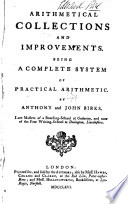 | Anthony Birks, John Birks - Arithmetic - 1766 - 640 pages
...difference of the extremes. Ю — i = 9) 27 (3, the common difference. Which added to each day's journey, PROPOSITION V. The two extremes, and the common excefs...Divide the difference of the two extremes by the common excefs, the quotient plus unity is the number of terms. ¿k 2 8. A gives 2 •firft. 5 i fécond 8... | |
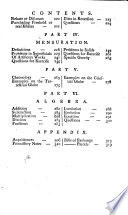 | Charles Vyse - Arithmetic - 1785 - 350 pages
...Payment be? PROPOSITION III. When the two Extremes and the common Difference are £Jven, to find tie Number of Terms. RULE. Divide the Difference of the two Extremes by the common Excefs or Difference, add Unity or 1 , to the Quotient, and the Sum will be the Number of Terms. EXAMPLES.... | |
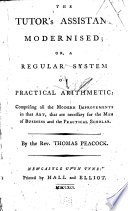 | Thomas Peacock - Arithmetic - 1791 - 302 pages
...difference ? Anf. iiy, , # PROBLEM III. The firft term, the laft term, and the common difference being given, to find the number of terms. RULE. Divide the difference of the extreme» by the common difference, and add i to the quotient for the anfwer, E XA MP LE S. 1. The... | |
 | William Taylor (teacher of the mathematics.) - Arithmetic - 1800 - 556 pages
...the whole debt. PROP. 3. When the two extremes and common difference are given, to find the numbdr of terms, RULE. Divide the difference of the two extremes by the common excefs; add unity or i, to the quotient, and the fum will be the num. ber of terms. E. 6. A man being... | |
 | William M. Finlay - Accounting - 1803 - 272 pages
...18, then 36-7-18=2 common dif. PROBLEM V. Given the first term, the last term, and common difference, to find the number of terms. RULE.— •Divide the difference of the extremes by the common difference— Jhe quotient + lj "»ñu be the number of terms required. EXAMPLE.... | |
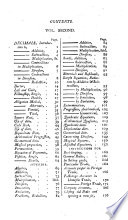 | Paul Deighan - Arithmetic - 1804 - 504 pages
...10+15+20, &c. the whole debt» 275!. Proportion 3. When the two extremes and common difference are gjven, to find the number of terms. Rule. Divide the difference of the :wo extremes by the common difference or excels ; add unity or i to the quotient, and thcrfani will... | |
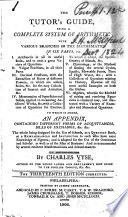 | Charles Vyse - Arithmetic - 1806 - 342 pages
...and what must each Payment be ? PROPOSITION III. When the two Extremes and the common Difference are given, to find the Number of Terms. RULE. Divide the Difference of the two Extremes by the common Excess or Difference ; add Unity or 1 to the Quotient, and the Sum will be the Number of Terms. EXAMPLES.... | |
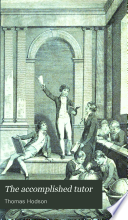 | Thomas Hodson - Arithmetic - 1806 - 502 pages
...quotient 2 is the common difference. PROBLEM II. Having the two extremes and the common difference, to find the number of terms. Rule. Divide the difference of the extremes by the com- VOL. I. li own mon difference, and i added to the quotient will be the number... | |
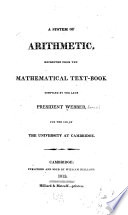 | Samuel Webber - Arithmetic - 1812 - 260 pages
...increase 5, distance 366 miles. PROBLEM 3. Given the first term, the last term, and the common difference^ to find the number of terms. % RULE.* Divide the difference of the extremes by the common dlf* By the last problem, the difference of the extremes, divided by the number... | |
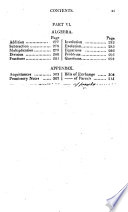 | Charles Vyse - Arithmetic - 1815 - 340 pages
...and what must each payment be ? PROPOSITION IIL When the two extremes and the common difference are given, to find the number of terms. RULE. , . Divide the difference of the two extremes by the common excess or difference ; add unity or 1 to the quotient, and the sum will be the number of terms. EXAMPLES.... | |
| |